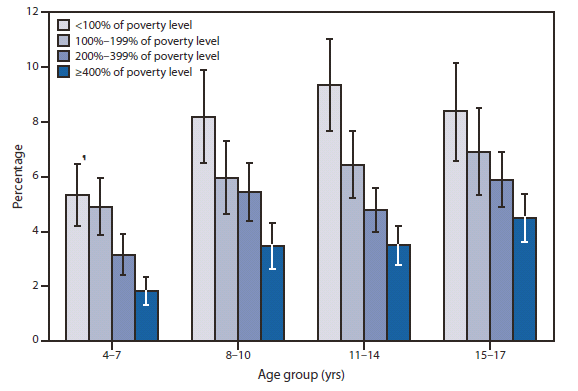The Small Business & Entrepreneurship Council (SBE Council) published its “Business Tax Index 2011: Best to Worst State Tax Systems for Entrepreneurship and Small Business.” The index ranks the 50 states and District of Columbia according to the costs of their tax systems for entrepreneurship and small business.
Raymond J. Keating, chief economist for SBE Council and author of the report, said: “Higher taxes have an impact on a state’s competitiveness. There is a reason why low tax states are better able to attract investment, and ‘Business Tax Index 2011’ helps to shed light on the tax burdens that are affecting the decisions of individuals and businesses. In many states, elected officials continue to propose tax increases – and actually raise them – in order to fund out-of-control government spending. High levels of spending translate into increased tax burdens on the entrepreneurs and investors who drive economic growth and job creation.”
SBE Council’s “Business Tax Index 2011” pulls together 18 different tax measures, and combines those into one tax score that allows the 50 states and District of Columbia to be compared. Among the taxes included are income, capital gains, property, death/inheritance, unemployment, and various consumption-based taxes, including state gas and diesel levies.
Keating added: “State and local taxes affect the decisions made by entrepreneurs, investors, businesses and individuals. Several states in recent years have hiked taxes in response to excessive government spending, and declining revenues in a down economy. In high-tax states, elected officials have refused to cut spending or slow its growth. The implications for entrepreneurship, small businesses, competitiveness, investment and employment are significant.”
According to the “Business Tax Index 2011,” the 15 best tax systems are: 1) South Dakota, 2) Texas, 3) Nevada, 4) Wyoming, 5) Washington, 6) Florida, 7) Alabama, 8)Alaska, 9) Ohio, 10) Colorado, 11) South Carolina, 12) Mississippi, 13) Oklahoma, 14) Virginia, and 15) Missouri.
The 15 worst state tax systems are: 37) Illinois, 38) North Carolina, 39) Nebraska, 40) Connecticut, 41) Oregon, 42) Rhode Island, 43) Hawaii, 44) Vermont, 45) California, 46) Maine, 47) Iowa, 48) New York, 49) New Jersey, 50) Minnesota, and 51) District of Columbia.
SBE Council President & CEO Karen Kerrigan added: “The path is pretty simple for elected officials that want to attract investment, encourage small business growth and create jobs. Keep taxes low, and get spending under control. In several states – particularly those that are making headlines such as Ohio and Wisconsin – the Governors are working to do just that, and these states will reap the benefits of their sound approach. A competitive tax system will help small businesses grow, and allow each state’s economy to thrive.”

